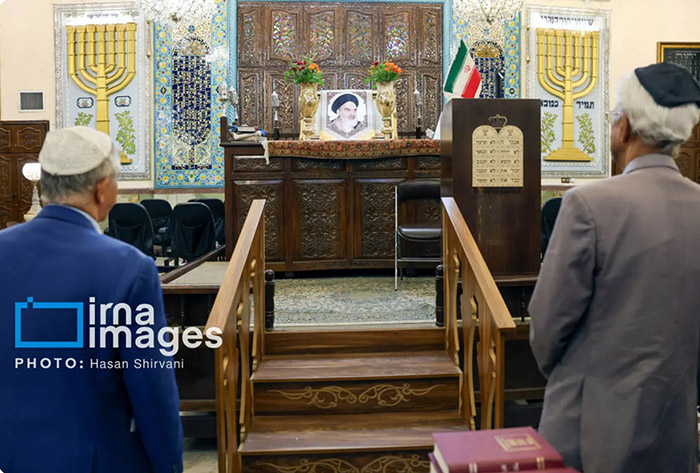Rabbi Yona Danielian, a respected figure within Iran’s Jewish leadership, opened the gathering with remarks highlighting Khomeini’s consistent message that recognized Jews as a religious community distinct from Zionism. “Imam Khomeini made it clear that his opposition was to political Zionism and the policies of the Israeli state—not to the Jewish religion or the Jewish people of Iran, whose history and heritage are rooted in this land.”
This sentiment was echoed by several speakers who followed, including cultural scholars, Jewish youth, and community representatives who had lived through the revolutionary and post-revolutionary years. Many emphasized the distinction Khomeini had made in his public addresses between Judaism as a faith and Israel as a political entity, a differentiation that had a significant impact on the preservation of the Jewish community in post-1979 Iran.
Historical Background: Jews in the Islamic Republic
Prior to the 1979 Islamic Revolution, Iran was home to the largest Jewish population in the Middle East outside of Israel, with estimates ranging from 80,000 to 100,000 individuals. Following the revolution, many Jews emigrated due to uncertainty about the new regime, but a considerable number remained, with the current population estimated at around 8,000–10,000. Despite tensions between Iran and Israel, Iran’s Jewish community has maintained its religious and cultural practices under the legal protection afforded by the constitution of the Islamic Republic.
The Iranian constitution, ratified in 1979 and revised in 1989, recognizes Jews as one of the country’s official religious minorities, alongside Christians and Zoroastrians. The community retains a seat in the Iranian Parliament (Majlis), and its members operate synagogues, schools, kosher facilities, and religious institutions. Nonetheless, the community lives under scrutiny, carefully navigating its relationship with the broader society and state.

